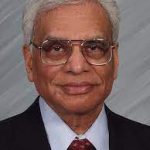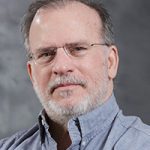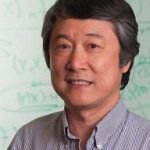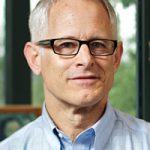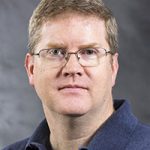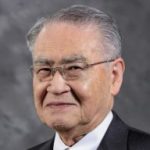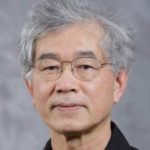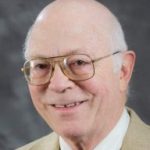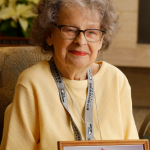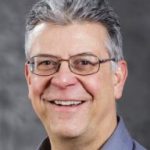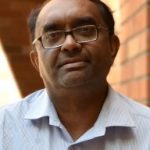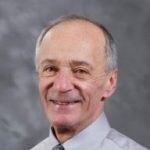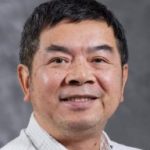UW ECE’s outstanding faculty are national and international leaders in their respective fields. Our faculty members include:
1 MacArthur Fellow
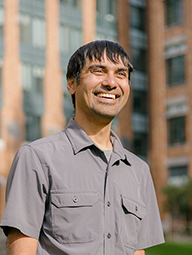
Shwetak PatelWRF Endowed Professor |
1 Guggenheim Fellow
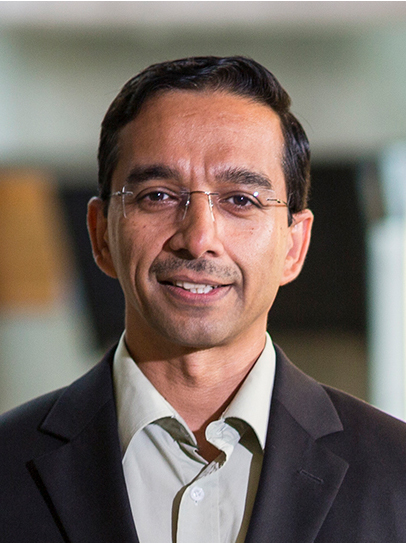
Rajesh RaoCJ & Elizabeth Hwang Professor in Computer Science & Engineering and Electrical Engineering |
5 NAE Members
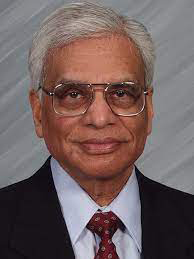
Bishnu AtalAffiliate Professor |
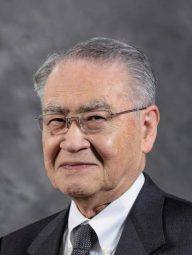
Akira IshimaruProfessor Emeritus |
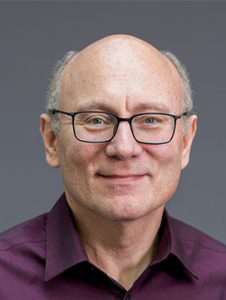
Henrique MalvarAffiliate Professor |
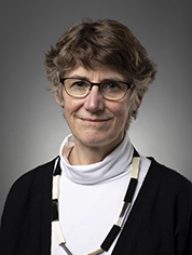
Mari OstendorfSystem Design Methodologies Professor |
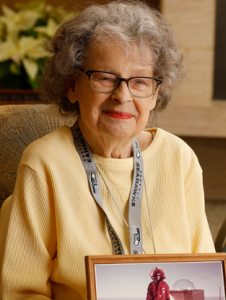
Irene PedenProfessor Emerita |
9 Sloan Fellows
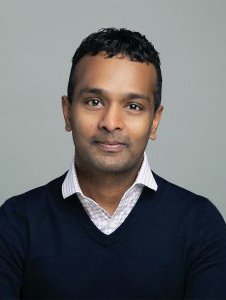
Shyam GollakotaAdjunct Associate Professor |
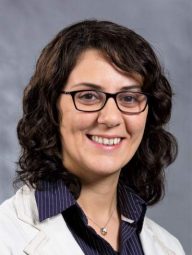
Hannaneh HajishirziAdjunct Assistant Professor |
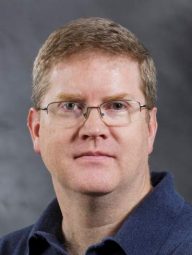
Scott HauckGaetano Borriello Professor for Educational Excellence |
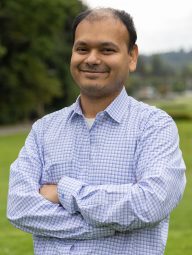
Arka MajumdarAssociate Professor |
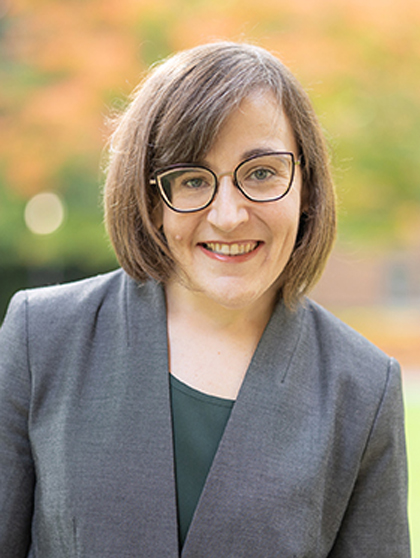
Amy OrsbornClare Boothe Luce Assistant Professor in Electrical & Computer Engineering and Bioengineering |

Schwetak PatelWRF Endowed Professor |

Rajesh RaoCJ & Elizabeth Hwang Professor in Computer Science & Engineering and Electrical Engineering |

Eve RiskinProfessor Emerita |
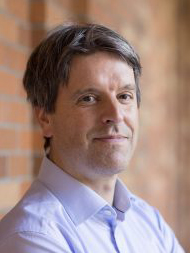
Georg SeeligProfessor |
30 IEEE Fellows
27 faculty members with research publications cited over 1,000 times
A highly cited research publication is important because it indicates that a study has had a significant impact on a field and is considered to be a key contribution to academic discourse. When a publication is highly cited, it means that many other researchers have found it valuable and relevant enough to reference in their own work, signifying its quality, influence, and potential to be a foundational piece of knowledge within that area of study. Research publications generated at UW ECE are cited often. Below is a list of professors in the Department who have each produced research papers and other publications cited over 1,000 times.
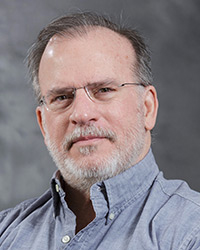
Les Atlas
Role at UW ECE: Professor
Research focus: Biosystems, Data Science
Publication: “Improving generalization with active learning,” Machine Learning, 1994
Number of citations: 2,220
Why was this publication so highly cited?
This paper was the start of a now-common approach, called active learning, within the field of machine learning. It combined a novel idea of how babies learn speech with the theory of machine learning, including neural nets. Active learning was shown to allow more efficient use of labeled training data. Because most machine learning problems have limited amounts of labeled training data, this approach offered a potentially more efficient and lower cost training approach, inspiring many subsequent papers.
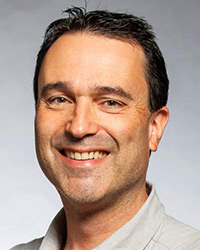
Jeffrey Bilmes
Role at UW ECE: Professor
Research focus: Machine learning, AI, Biosystems, Data Science
Publication: “A gentle tutorial of the EM algorithm and its application to parameter estimation for Gaussian mixture and hidden Markov models,” ICSI Journal, 1998
Number of citations: 3,997
Why was this publication so highly cited?
The Expectation-Maximization (EM) algorithm is needed in very important machine learning scenarios where there are variables that interact with those in the dataset but were hidden or not observed. It is an effective and general approach, yet it was not widely understood before this paper. This was the first paper to fully develop the EM algorithm for maximum-likelihood estimation in a way that made it easy to understand by a broad sector of the machine learning community.
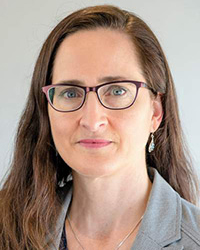
Linda Bushnell
Role at UW ECE: Research Professor
Research focus: Robotics and Controls
Publication: “Stability analysis of networked control systems,” IEEE Transactions on Control Systems Technology, 2002
Number of citations: 2,631
Why was this publication so highly cited?
The significance of this work is in the combining of communication constraints and control specifications, which had not been previously addressed, for the scheduling of real-time network traffic, such as those used in the controller area network (CAN) protocol in modern automobiles. This paper helped to pave the way for a significant body of work as demonstrated by the hundreds of papers, books and conference tracks that reference it.
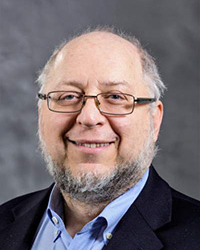
Howard Chizeck
Role at UW ECE: Professor Emeritus, former Department chair
Research focus: Robotics and Controls, Biosystems
Publication: “Controllability, stabilizability, and continuous-time Markovian jump linear quadratic control,” IEEE Transactions on Automatic Control, 1990
Number of citations: 1,194
Why was this publication so highly cited?
This paper establishes necessary and sufficient conditions for optimal steady state quadratic control of continuous-time linear systems that possess randomly jumping parameters, which can be described by finite-state Markov processes. This seminal paper established a direction of theoretical development and has been applied to a wide variety of practical problems, including wireless communication and traffic control.
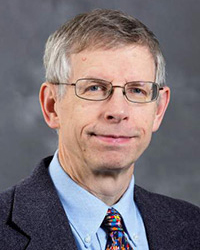
Richard Christie
Role at UW ECE: Associate Professor Emeritus
Research focus: Power and Energy Systems
Publication: “Transmissions Management in the Deregulated Environment,” Proceedings of the IEEE, Volume 88, Issue 2, February 2000
Number of citations: 1,130
Why was this publication so highly cited?
This paper analyzes three very different methods of managing the operation of the transmission system in deregulated power system operating environments around the world. It also points to future methods of combining decentralized market solutions with operational use optimal power flow to provide better solutions to existing and emerging problems.
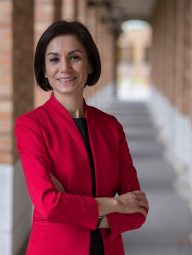
Maryam Fazel
Role at UW ECE: Moorthy Family Professor
Research focus: Data Science, Robotics and Controls
Publication: “Guaranteed minimum-rank solutions of linear matrix equations via nuclear norm minimization,” SIAM Review, 2010
Number of citations: 4,248
Why was this publication so highly cited?
This paper was the first to show how to estimate low-rank matrices perfectly from highly incomplete information. This surprising result ushered in the new research field of matrix completion and sensing, which found many applications, including in recommender systems, dynamical system identification and phase retrieval in imaging.
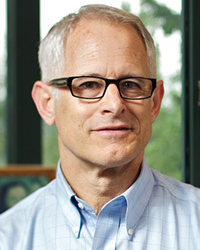
Blake Hannaford
Role at UW ECE: Professor
Research focus: Robotics and Controls, Biosystems
Publication: “Measurement and modeling of McKibben pneumatic artificial muscles,” IEEE Transactions on Robotics and Automation, 1996
Number of citations: 2,144
Why was this publication so highly cited?
A goal of robotics is to make mechanical actuators behave in a manner similar to human skeletal muscle. This paper recognized that while pioneers in artificial muscle research had inspired many and took advantage of artificial muscles’ compatibility with the human body, there was little or no engineering theory of how artificial muscles worked, and no formal comparison with human muscle. This paper provided the necessary new theory and experimental verification to lay the groundwork used by many researchers in both rehabilitation robotics and soft robotics, which have exploded in use in recent years.
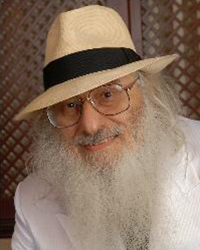
Robert M. Haralick
Role at UW ECE: Professor Emeritus
Research focus: Pattern recognition, image processing, computer vision, document image analysis, artificial intelligence
Publication: “Textural features for image classification,” IEEE Transactions on Systems, Man, and Cybernetics, Issue 6, 1973
Number of citations: 31,167
Why was this publication so highly cited?
Texture is one of the important characteristics used in identifying objects or regions of interest in an image, whether the image be a photomicrograph, an aerial photograph, or a satellite image. This paper describes some easily computable textural features based on gray-tone spatial dependencies, and illustrates their application in category-identification tasks of three different kinds of image data. The results of this study indicated that easily computable textural features probably have a general applicability for a wide variety of image-classification applications.
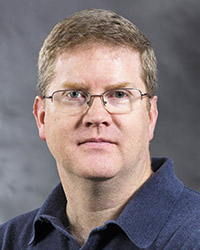
Scott Hauck
Role at UW ECE: Professor
Research focus: VLSI and Digital Systems
Publication: “Reconfigurable computing: a survey of systems and software,” ACM Computing Surveys, 2002
Number of citations: 2,364
Why was this publication so highly cited?
In the mid 1990’s field-programmable gate array (FPGA)-based computation was in its infancy, with much promise and many approaches. Since then, it has become a major force in high-performance computing. This paper served as the introduction to this field for researchers, guiding many to this evolving field.
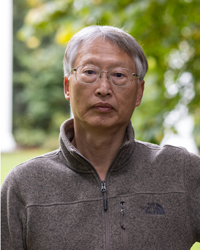
Jenq-Neng Hwang
Role at UW ECE: Professor
Research focus: Data Science, Computing and Networking
Publication: “Grounded language-image pre-training,” Proceedings of the IEEE/CVF Conference on Computer Vision and Pattern Recognition (CVPR), 2022, pp. 10965-10975
Number of citations: 1,123
Why was this publication so highly cited?
This paper presents a grounded language-image pre-training (GLIP) model for learning object-level, language-aware, and semantic-rich visual representations. GLIP unifies object detection and phrase grounding for pre-training. The unification brings two benefits: 1) it allows GLIP to learn from both detection and grounding data to improve both tasks and bootstrap a good grounding model; 2) GLIP can leverage massive image-text pairs by generating grounding boxes in a self-training fashion, making the learned representations semantic-rich.
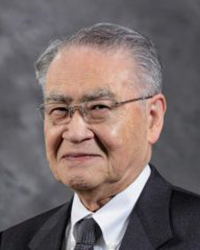
Akira Ishimaru
Role at UW ECE: Professor Emeritus
Research focus: Wave propagation and scattering
Publication: “Wave propagation and scattering in random media,” Book, 1978, IEEE Explore
Number of citations: 10,670
Why was this publication so highly cited?
This book presents a clear picture of how waves interact with the atmosphere, terrain, ocean, turbulence, aerosols, rain, snow, biological tissues, composite material, and other media. The theories presented enable one to solve a variety of problems relating to clutter, interference, imaging, object detection, and communication theory for various media. This book is expressly designed for engineers and scientists who have an interest in optical, microwave, or acoustic wave propagation and scattering.
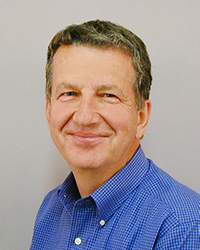
Darrell Jackson
Role at UW ECE: Research Professor Emeritus
Research focus: Wave propagation and scattering
Publication: “An introduction to underwater acoustics: principles and applications,” Book, 2002, Springer Science & Business Media
Number of citations: 1,840
Why was this publication so highly cited?
Presented in a clear and concise way as an introductory text and practical handbook, this book provides the basic physical phenomena governing underwater acoustical waves, propagation, reflection, target backscattering and noise. It covers the general features of sonar systems, transducers and arrays, signal processing and performance evaluation. It provides an overview of today’s applications, presenting the working principles of the various systems.

Daniel Kirschen
Role at UW ECE: Donald W. and Ruth Mary Close Professor
Research focus: Power and Energy Systems
Publication: Book, Fundamentals of Power System Economics, John Wiley & Sons, 2004
Number of citations: 2,483
Why was this publication so highly cited?
This book became widely used because it looked at an important problem from two different perspectives: It rigorously explained the economics of electricity markets for electrical engineers, while also explaining the underlying engineering to economists. The second edition was published in 2018.
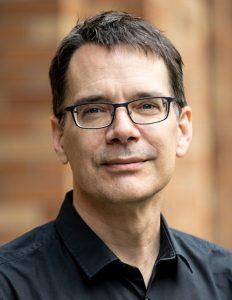
Eric Klavins
Role at UW ECE: Professor and Chair
Research focus: Biosystems, Robotics and Controls
Publication: “Modular Self-Reconfigurable Robot Systems,” IEEE Robotics & Automation Magazine, Vol. 14, No. 1, 2007
Number of citations: 1,165
Why was this publication so highly cited?
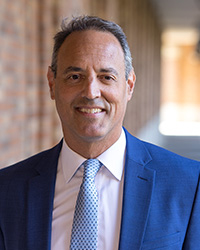
Jose Nathan Kutz
Role at UW ECE: Professor
Research focus: Data Science, Computing and Networking
Publication: “Discovering governing equations from data by sparse identification of nonlinear dynamical systems,” Proceeding of the National Academy of Sciences, 2016
Number of citations: 4,693
Why was this publication so highly cited?
Extracting governing equations from data is a central challenge in many diverse areas of science and engineering. Data are abundant whereas models often remain elusive, as in climate science, neuroscience, ecology, finance, and epidemiology, to name only a few examples. Research described by this paper combines sparsity-promoting techniques and machine learning with nonlinear dynamical systems to discover governing equations from noisy measurement data.
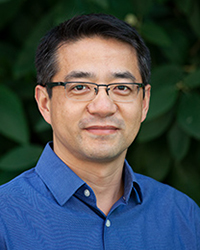
Mo Li
Role at UW ECE: Professor, Associate Chair for Research
Research focus: Electronic, Photonic, and Integrated Quantum Systems
Publication: “Ultra-sensitive NEMS-based cantilevers for sensing, scanned probe and very high-frequency applications,” Nature Nanotechnology, 2007
Number of citations: 1,344
Why was this publication so highly cited?
Nanoscale mechanical sensors (dubbed NEMS) offer a greatly enhanced sensitivity that is unattainable with past microscale devices. This paper reported the first very-high-frequency, self-sensing nanocantilevers for chemical gas sensing and analysis in ambient conditions. By measuring its vibration frequency change, the nanocantilever can detect the mass of 30,000 water molecules (or 1 attogram (10-18 g).
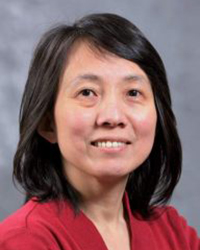
Lih Lin
Role at UW ECE: Professor
Research focus: Electronic, Photonic, and Integrated Quantum Systems
Publication: “Enhanced mobility CsPbI3 quantum dot arrays for record-efficiency, high-voltage photovoltaic cells,” Science Advance, Volume 3, Issue 10, October 2017
Number of citations: 1,010
Why was this publication so highly cited?
This paper describes work developing lead halide perovskite quantum dot films with tuned surface chemistry based on A-site cation halide salt treatments. Quantum dot perovskites offer colloidal synthesis and processing using industrially friendly solvents, which decouples grain growth from film deposition and at the time of this publication, produced larger open-circuit voltages than thin-film perovskites. The A-site cation halide salt treatments presented in this paper double the film mobility, enabling increased photocurrent, and led to a record certified quantum dot solar cell efficiency of 13.43%.
Alex Mamishev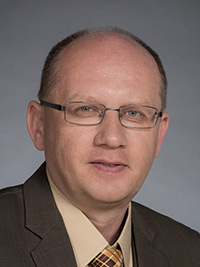
Role at UW ECE: Professor
Research focus: Robotics and Controls, EPIQS, Power and Energy Systems
Publication: “Design of an RFID-based battery-free programmable sensing platform,” IEEE Transactions on Instrumentation and Measurement, 2008 (co-authored with UW ECE and Allen School Professor Joshua Smith)
Number of citations: 1,121
Why was this publication so highly cited?
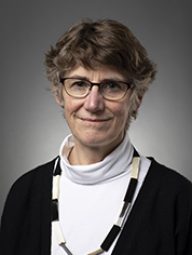
Mari Ostendorf
Role at UW ECE: System Design Methodologies Professor
Research focus: Data Science
Publication: “ToBI: A standard for labeling English prosody,” Proceedings of the 2nd International Conference on Spoken Language Processing, 1992
Number of citations: 1,878
Why was this publication so highly cited?
Prosody is the patterns of stress and intonation in a language. It is accepted to be central to our understanding of language. While much of language can be transcribed into words and represented as text, usual text transcriptions do not transcribe prosody. This paper offered an approach to transcribe prosody, which became a standard, greatly benefiting the field of natural language processing.
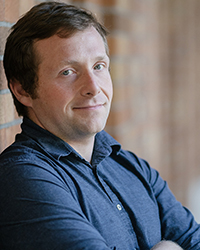
Max Parsons
Role at UW ECE: Research Assistant Professor
Research focus: Electronic, Photonic, and Integrated Quantum Systems
Publication: “Order of magnitude smaller limit on the electric dipole movement of the electron,” Science, January 2014
Number of citations: 1,233
Why was this publication so highly cited?
This paper describes precision work measuring the roundness of an electron to a factor of 10 times better than anyone else had ever done it before. It was research that landed on the January 2014 cover of Science, one of the most prestigious journals in the world.

Shwetak Patel
Role at UW ECE: Washington Research Foundation Endowed Professor
Research focus: Biosystems, Data Science, Computing and Networking
Publication: “Experimental security analysis of a modern automobile,” 2010 IEEE Symposium on Security and Privacy
Number of citations: 2,588
Why was this publication so highly cited?
This paper was the first to show an actual over-the-air attack of the embedded systems infrastructure in a modern automobile. The paper received a 2020 IEEE Test of Time award in addition to a number of other honors. The paper is highly cited because it contributed in large part to launching the auto security field. The U.S. Department of Transportation has adopted several guidelines from the paper, and this work is now integral in the automobile industry.
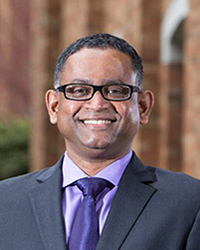
Radha Poovendran
Role at UW ECE: Professor, former Department chair
Research focus: Data Science, Computing and Networking
Publication: “SeRLoc: Secure range-independent localization for wireless sensor networks,” Proceedings of the 3rd ACM Workshop on Wireless Security, 2004
Number of citations: 1,002
Why was this publication so highly cited?
In many applications of wireless sensor networks (WSN), sensors are deployed un-tethered in hostile environments. For location-aware WSN applications, it is essential to ensure that sensors can determine their location, even in the presence of malicious adversaries. This paper addresses the problem of enabling sensors of WSN to determine their location in an untrusted environment. It was the first work that provided a security-aware range-independent localization scheme for WSN.
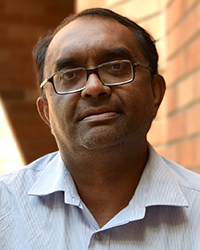
Sumit Roy
Role at UW ECE: Professor
Research focus: Computing and Networking
Publication: “Data mules: Modeling and analysis of a three-tier architecture for sparse sensor networks,” Ad Hoc Networks, 2003
Number of citations: 2,736
Why was this publication so highly cited?
This was the first analytical model for the impact of mobile ubiquitous local area network extensions, or MULES, collecting data in what was then the very new and emerging field of sensor networking. MULES can pick up data from sensors when in close range, buffer it and pass data off to wired access points. Because of the close range, this approach allowed for large power savings at the sensors and therefore became an important part of modern sensor networking.
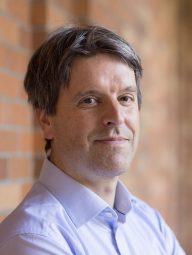
Georg Seelig
Role at UW ECE: Professor
Research focus: Biosystems
Publication: “Enzyme-free nucleic acid logic circuits,” Science, 2006
Number of citations: 1,702
Why was this publication so highly cited?
In DNA computing, scientists and engineers try to identify a minimal set of rationally designed molecular building blocks that enable them to reconstruct the kind of molecular computation performed by cells and living organisms. The goal of this work was not to understand biology but to develop reliable engineering paradigms for molecular systems that were also transparent because they were man-made, rather than having evolved over millions of years. This paper introduced such a systematic approach based on DNA strand displacement. The approach has since been used widely and effectively, and it provides the foundation for today’s dynamic DNA nanotechnology.
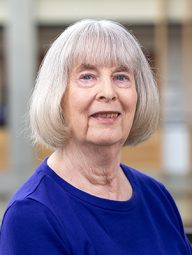
Linda Shapiro
Role at UW ECE: Professor
Research focus: Data Science, Biosystems
Publication: Book, Computer and robot vision, Addison-Wesley Longman, 1991
Number of citations: 7,345
Why was this publication so highly cited?
This two-volume set became the authoritative reference for a comprehensive introduction to computer vision. It provided a comprehensive background on theory and algorithms while also linking to real-world applications.

Joshua Smith
Role at UW ECE: Milton and Delia Zeutschel Professor in Entrepreneurial Excellence, PMP Coordinator
Research focus: Biosystems, Photonics and Nano Devices, Power and Energy Systems
Publication: “Analysis, experimental results, and range adaptation of magnetically coupled resonators for wireless power transfer,” IEEE Transactions on Industrial Electronics, 2010
Number of citations: 2,255
Why was this publication so highly cited?
This paper provides a new visualization of the state space of high Q-coupled resonator wireless power transfer systems. The visualization immediately suggests a simple control scheme that can keep the transferred power level constant despite disturbances. The paper showed experimentally that the control scheme actually worked — with the counter-intuitive net result of wireless power transfer that doesn’t drop off with distance.
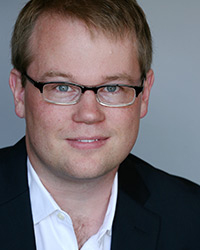
Michael Taylor
Role at UW ECE: Associate Professor
Research focus: Computing and Networking
Publication: “The raw microprocessor: A computational fabric for software circuits and general-purpose programs,” IEEE Micro, 2002
Number of citations: 1,404
Why was this publication so highly cited?
This paper presented the first physically scalable multicore microprocessor design and implementation, foreshadowing how many multicores are designed today. The challenge faced by very large-scale integration (VLSI) designers was: How can chip designers leverage growing quantities of chip resources even as wire delays become substantial? This paper provided the influential architecture that achieved the maximum amount of performance and energy efficiency in the face of wire delay.
Adjunct and affiliate faculty members with research publications cited over 1,000 times
Adjunct faculty
Cecilia Aragon
Professor, Human Centered Design & Engineering; Adjunct Professor, Electrical & Computer Engineering; Adjunct Professor, Paul G. Allen School of Computer Science & Engineering; Adjunct Professor, iSchool
Optimization by simulated annealing: An experimental evaluation; part I, graph partitioning
Albert Folch
Professor, Bioengineering; Adjunct Professor, Electrical & Computer Engineering
The upcoming 3D-printing revolution in microfluidics
Dieter Fox
Professor, Paul G. Allen School of Computer Science & Engineering; Adjunct Professor, Electrical & Computer Engineering
Emily Fox
Amazon Professor, Machine Learning; Assistant Professor, Statistics; Adjunct Assistant Professor, Paul G. Allen School of Computer Science & Engineering; Adjunct Assistant Professor, Electrical & Computer Engineering; Data Science Fellow of the eScience Institute
Stochastic gradient hamiltonian monte carlo
Shyamnath Gollakota
Associate Professor, Paul G. Allen School of Computer Science and Engineering; Adjunct Associate Professor, Electrical & Computer Engineering
Ambient backscatter: wireless communication out of thin air
Hannaneh Hajishirzi
Adjunct Assistant Professor, Electrical & Computer Engineering; Assistant Professor, Paul G. Allen School of Computer Science and Engineering
Bidirectional Attention Flow for Machine Comprehension
Shih-Chieh Hsu
Associate Professor, Physics; Adjunct Associate Professor, Electrical & Computer Engineering
The ATLAS simulation infrastructure
Tadayoshi Kohno
Short-Dooley Professor, Paul G. Allen School of Computer Science & Engineering; Adjunct Associate Professor, Electrical & Computer Engineering; Adjunct Associate Professor, Information School
Robust physical-world attacks on deep learning visual classification
Richard Ladner
Professor, Paul G. Allen School of Computer Science and Engineering; Adjunct Professor Emeritus, Electrical & Computer Engineering
Improving generalization with active learning
Su-In Lee
Assistant Professor, Paul G. Allen School of Computer Science & Engineering; Assistant Professor, Genome Sciences; Adjunct Assistant Professor, Electrical & Computer Engineering
A unified approach to interpreting model predictions
Yin Tat Lee
Assistant Professor, Paul G. Allen School of Computer Science & Engineering; Adjunct Assistant Professor, Electrical & Computer Engineering; Visiting Researcher, Microsoft Research AI
Sparks of artificial general intelligence: Early experiments with gpt-4
Henrique (Rico) Malvar
Marina Meila
Professor, Statistics; Adjunct Professor, Electrical & Computer Engineering
Comparing clusterings—an information based distance
Mehran Mesbahi
Professor, Aeronautics & Astronautics; Adjunct Professor, Electrical & Computer Engineering
Graph theoretic methods in multiagent networks
Rajesh P.N. Rao
CJ & Elizabeth Hwang Professor in Computer Science & Engineering and Electrical Engineering; Adjunct Associate Professor, Electrical & Computer Engineering; Adjunct Professor, Neuroscience
Franziska Roesner
Associate Professor, Paul G. Allen School of Computer Science and Engineering; Adjunct Associate Professor, Electrical & Computer Engineering
Experimental security analysis of a modern automobile
Herbert Sauro
Professor, Bioengineering; Adjunct Professor, Electrical & Computer Engineering
Eric Shea-Brown
Professor, Applied Mathematics; Adjunct Professor, Electrical & Computer Engineering
Yinhai Wang
Professor, Civil and Environmental Engineering; Adjunct Professor, Electrical & Computer Engineering
Xiaodong Xu
Professor, Physics; Adjunct Professor, Electrical & Computer Engineering
Coupled Spin and Valley Physics in Monolayers of and Other Group-VI Dichalcogenides
Affiliate faculty
Alejandro Acero
Affiliate Professor
Spoken language processing: A guide to theory, algorithm, and system development
Stan Birchfield
Affiliate Assistant Professor
Elliptical head tracking using intensity gradients and color histograms
Anat Caspi
Affiliate Assistant Professor, Electrical & Computer Engineering; Director, Taskar Center for Accessible Technology; Research Principal, Paul G. Allen School of Computer Science & Engineering; Data Science Fellow, UW eScience Institute
Espnet: Efficient spatial pyramid of dilated convolutions for semantic segmentation
Ranveer Chandra
Affiliate Professor
Maui: making smartphones last longer with code offload
Cameron Charles
Affiliate Assistant Professor
A low-power low-noise CMOS amplifier for neural recording applications
Mauro Conti
Affiliate Professor
A survey on homomorphic encryption schemes: Theory and implementation
Li Deng
Affiliate Professor
Xiaodong He
Affiliate Professor
Hierarchical attention networks for document classification
Michael Hochberg
Affiliate Assistant Professor
Deep learning with coherent nanophotonic circuits
Gang Hua
Affiliate Professor
A convolutional neural network cascade for face detection
Xuedong Huang
Affiliate Professor
Spoken language processing: A guide to theory, algorithm, and system development
Brian Johnson
Affiliate Assistant Professor
David Leon Kaplan
Affiliate Assistant Professor
Porosity of 3D biomaterial scaffolds and osteogenesis
Anna Kuchina
Affiliate Assistant Professor
Single-cell profiling of the developing mouse brain and spinal cord with split-pool barcoding
Bill Yuchen Lin
Affiliate Assistant Professor
Beyond the imitation game: Quantifying and extrapolating the capabilities of language models
Hui Liu
Affiliate Professor
Survey of wireless indoor positioning techniques and systems
Zicheng Liu
Affiliate Professor
Mining actionlet ensemble for action recognition with depth cameras
Henrique Malvar
Affiliate Professor
Signal processing with lapped transforms
Sachin Mehta
Affiliate Assistant Professor
Pavel Nikitin
Affiliate Associate Professor
Antenna design for UHF RFID tags: a review and a practical application
Hamid Palangi
Affiliate Associate Professor
Sparks of artificial general intelligence: Early experiments with gpt-4
Andrew Putnam
Affiliate Assistant Professor
A reconfigurable fabric for accelerating large-scale datacenter services
Jacob Rosen
Affiliate Associate Professor
Upper-limb powered exoskeleton design
Michael Seltzer
Affiliate Associate Professor
Early vocabulary growth: relation to language input and gender
Malcolm Slaney
Affiliate Professor
Principles of computerized tomographic imaging
Ivan Jelev Tashev
Affiliate Professor
Speech emotion recognition using deep neural network and extreme learning machine
Leung Tsang
Affiliate Professor
Theory of microwave remote sensing
Haixun Wang
Affiliate Professor
Mining concept-drifting data streams using ensemble classifiers
Wei-Chih Wang
Affiliate Professor, Electrical & Computer Engineering; Affiliate Professor, Mechanical Engineering
Claire Watts
Affiliate Assistant Professor
Metamaterial electromagnetic wave absorbers
Lin Xiao
Affiliate Assistant Professor
Fast linear iterations for distributed averaging


